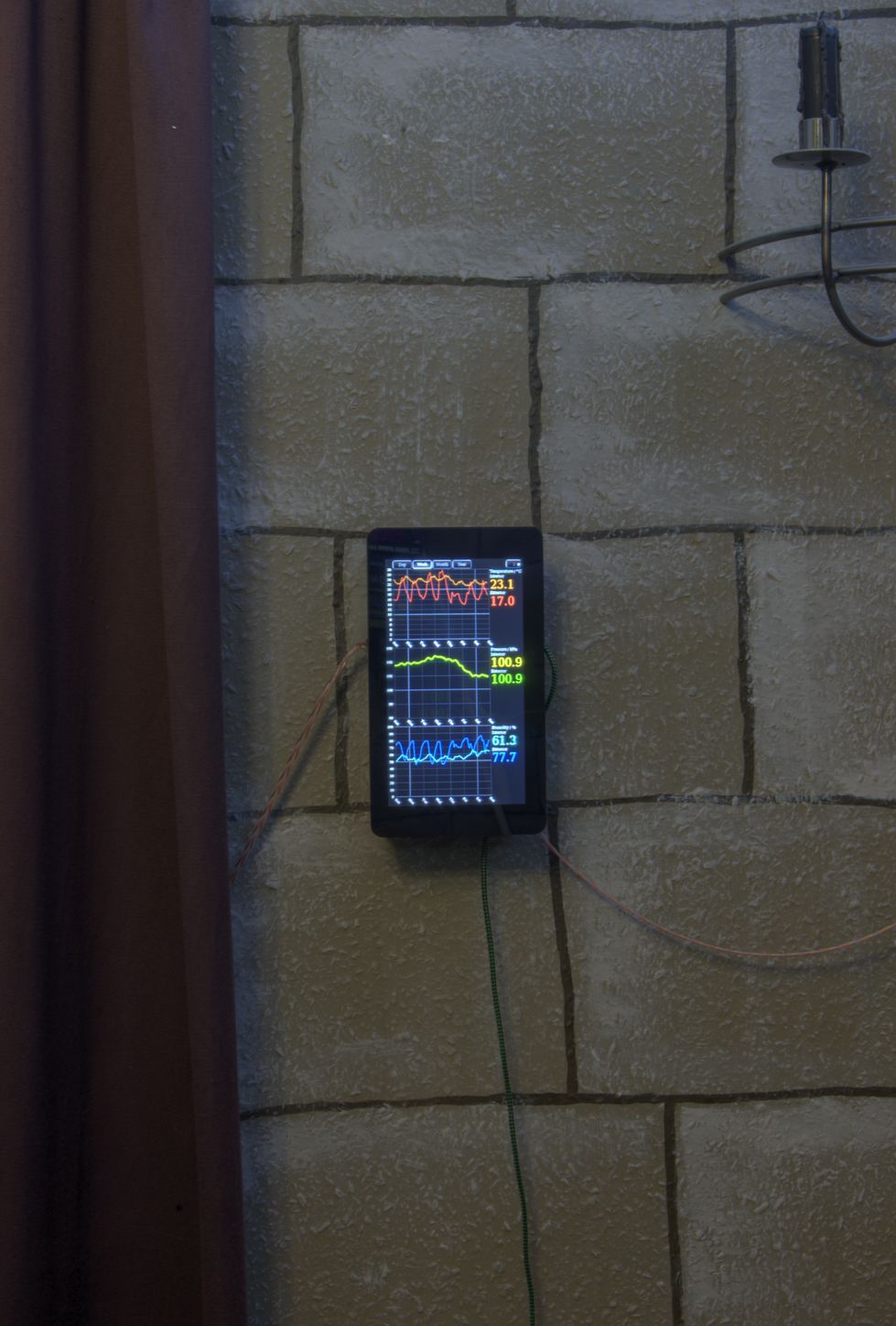1x pi4 running HA booting from SSD
1x pi4 running Pi OS and currently not doing anything. I was going to look at setting up a Proxmox HA cluster with the two pi4's but i think i'd need another SSD/adapter to make it work.
1x pi1 running pihole as a backup DNS server
1x pi1 also sat idling
1x pi4 running Pi OS and currently not doing anything. I was going to look at setting up a Proxmox HA cluster with the two pi4's but i think i'd need another SSD/adapter to make it work.
1x pi1 running pihole as a backup DNS server
1x pi1 also sat idling






